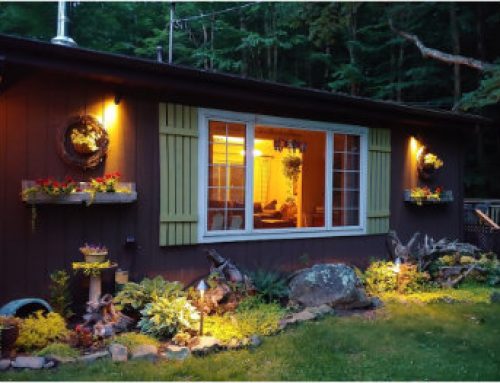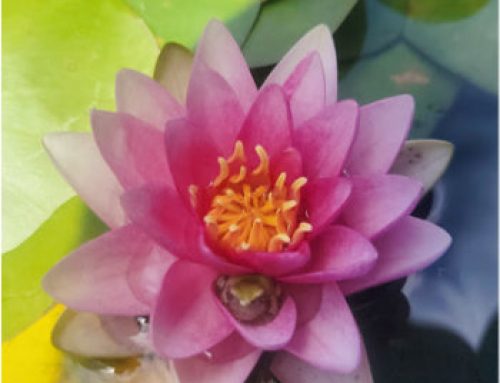
Koi or goldfish are the 2 most common and popular types of fish you will find in a backyard pond. They both have a lot in common making them great pond pals. Although they have a lot of similarities they also differ in many ways including size, shape, coloring, cost, and lifespan. Understanding these differences between the two can help you decide whether koi, goldfish or a mix of both are best for your pond.
Appearances
For decades koi breeders have historically focused their efforts on developing beautiful color lines in their fish. So, if you are looking to fill your pond with the most colorful fish, koi will offer you the most unique colors and patterns. Goldfish historically are more known for their variations in body type with more unique fin types, tail lengths and eye configurations.
Size
Probably the most noticeable difference between these two full-grown fish would be their size. An average koi will grow between 20 and 25 inches long. Some have the potential to reach a length over 4 feet. Full-grown goldfish are much smaller, reaching a length up to 12 inches.
Lifespan
Both koi and goldfish reach maturity when they are between two and three years old. However, koi will live to a much higher age than a goldfish. The average lifespan of koi fish ranges from 25 to 35 years, while the span for goldfish is between 5 to 10. In both their cases, the age ranges will vary based on their habitat conditions and the nutritional balance they receive. The oldest known koi is said to have lived for 220 years, whereas the oldest known goldfish lived for 43.
Cost
Another major difference between koi and goldfish exists in their price point. The price of a koi can stretch from as little as $10 for young koi all the way upward to $20,000 depending on its variety, size, color, pattern, and lineage. The most expensive koi ever sold went at a Japanese Auction for over 1 million dollars! You will find most goldfish typically cost less than $100.
Both Koi and goldfish are non-aggressive breeds that typically work well as pond companions. So if you like what both breeds have to offer they will live together in your backyard pond harmoniously



